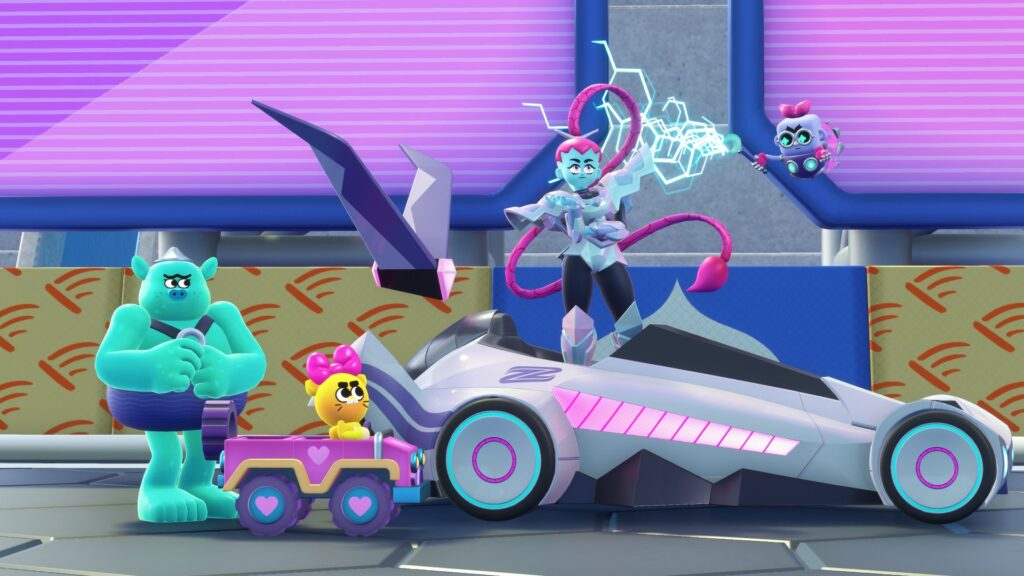The aesthetics of gaming, including art and animation, are just as important as gameplay for creating an immersive experience for players. Realistic graphics, bold colors, and animation techniques like motion capture and hand-drawn animation are all popular trends in gaming. These elements can greatly impact a player’s enjoyment of a game, with excellent aesthetics contributing to a more engaging experience. As game developers continue to prioritize excellent graphics and animation, the aesthetics of gaming will continue to shape and influence the industry.
The Aesthetic of Gaming: The Influence of Art and Animation on Game Culture
Introduction
Video games have come a long way since the days of simple pixelated graphics and basic gameplay mechanics. The modern era of gaming has brought forth stunning visuals and intricate animations that make gaming a truly immersive experience. However, excellent graphics alone do not make a game great. The aesthetics of gaming are a vital aspect of the overall experience and draw players in just as much as the gameplay itself.
The Influence of Art on Game Culture
The artwork of video games has a significant influence on the gaming culture. Game developers are becoming increasingly aware of the importance of excellent graphics and animation. It has led to the rise of many innovative game design philosophies.
One major trend in gaming art is the integration of realistic graphics. Realism is a popular aesthetic in modern gaming, which has been prominent in games like “The Last of Us” and “Red Dead Redemption 2.” The realistic graphics enhance the player’s immersion in the game world and add depth to the storyline.
Another popular style in gaming art is the use of bold and vibrant colors. Games like “Overwatch” and “Fortnite” make excellent use of bright, bold colors that create an energetic atmosphere of excitement and competition.
The Influence of Animation on Game Culture
Animation is key to making a video game seem alive and engaging. Animations add life to characters and elements in the game world, helping players to connect better with them. The influence of animation is undeniable in the gaming industry.
One major trend in gaming animation is the use of motion capture. Motion capture technology captures the movements and facial expressions of actors and transfers them to the 3D models in the game. The result is natural and realistic movement, which adds believability and immersion to the game’s characters.
Another popular technique in animation is frame-by-frame hand-drawn animation, which creates games that feel like classic cartoons. Games like “Cuphead” and “Hollow Knight” use this technique to create whimsical, enchanting worlds that are sure to transport players back to a time of childhood whimsy.
The Impact of Aesthetics on Game Enjoyment
The aesthetic of a game can make or break the experience for the player. An excellent aesthetic often contributes to a game’s overall enjoyment, while a poor aesthetic can lead to players losing interest quickly.
The use of realistic graphics makes a game visually appealing, and it can make players feel more immersed in the game world. Bright and bold colors can lift the mood and set the tone of the game, adding to its visual appeal. Similarly, animation can provide a significant impact on a game’s overall enjoyment by making it more visually compelling and engaging.
In Conclusion
The art and animation of a game are essential elements in creating an immersive gaming experience. The influence of art and animation on the gaming industry is undeniable. The trends in gaming art and animation are constantly evolving, as developers strive to create games that are visually stunning and more engaging than ever before. The aesthetics of gaming are here to stay, and they will continue to shape the industry for the better.
